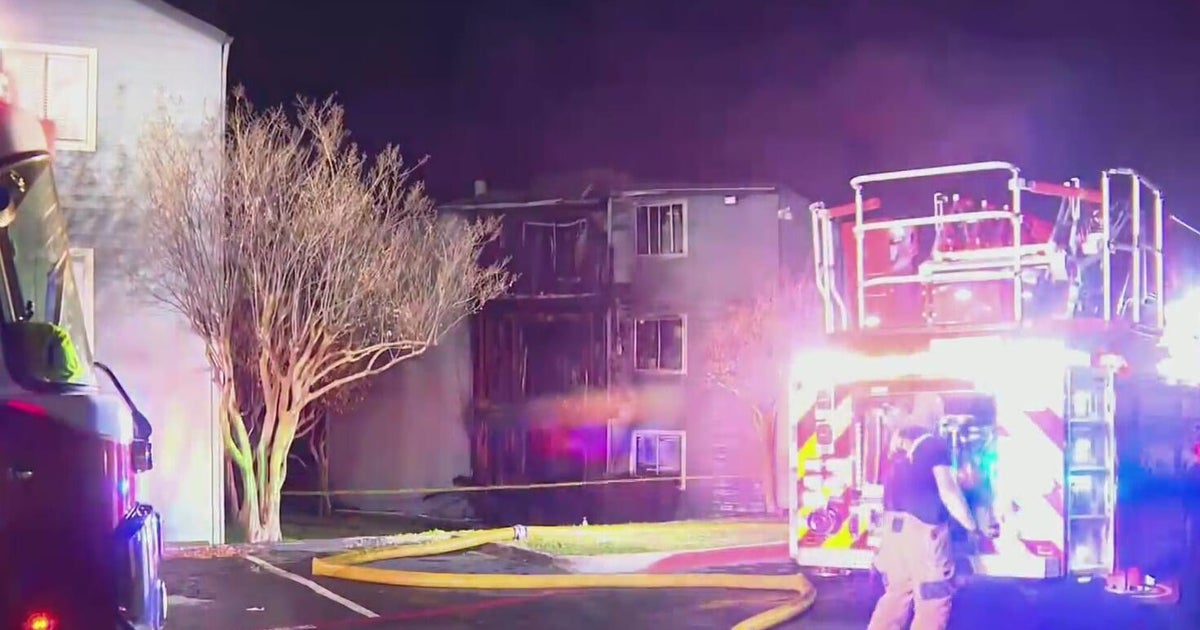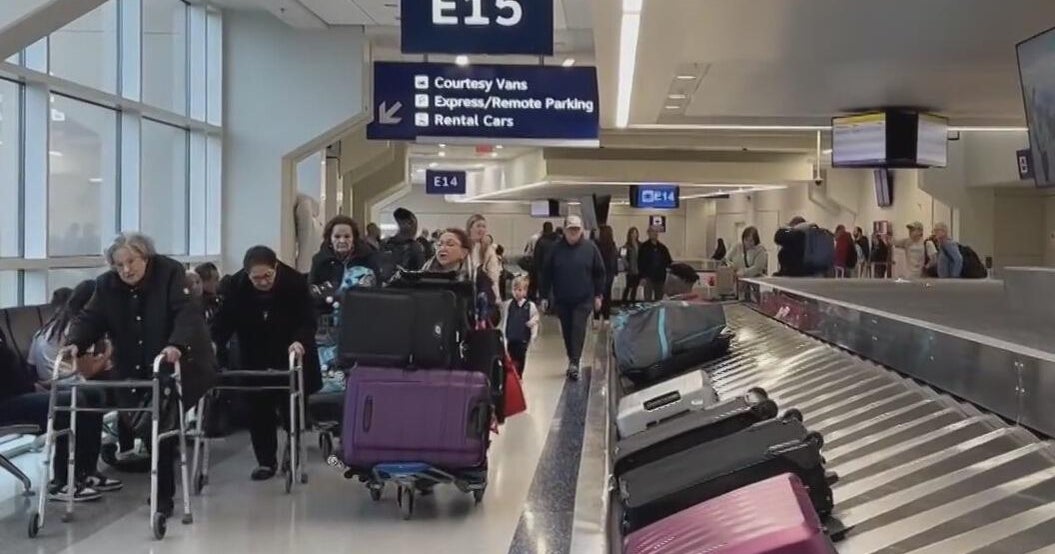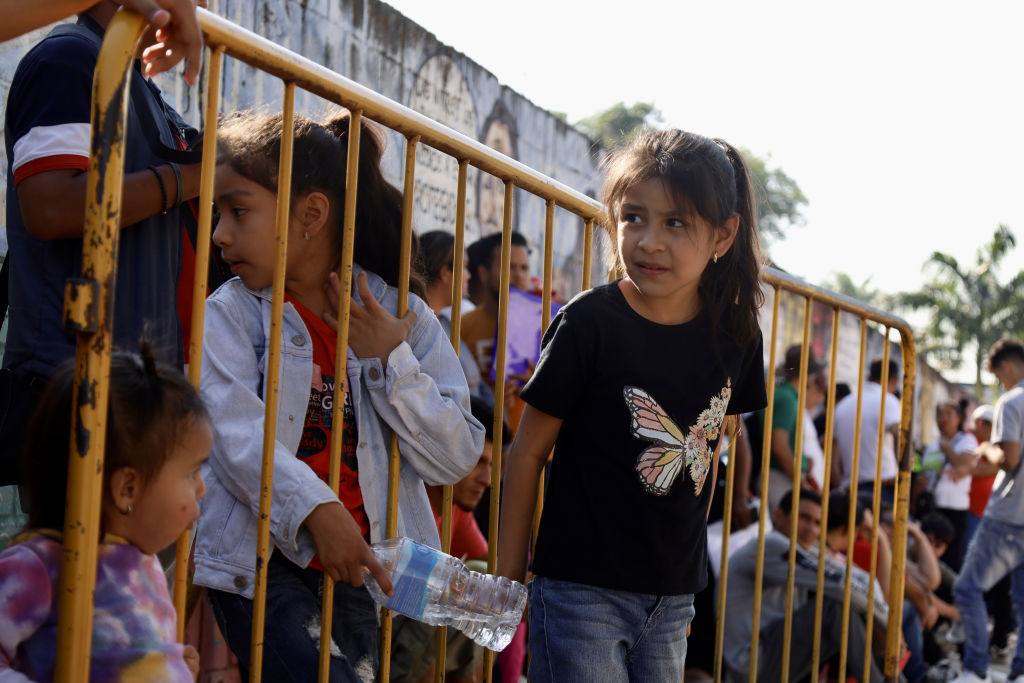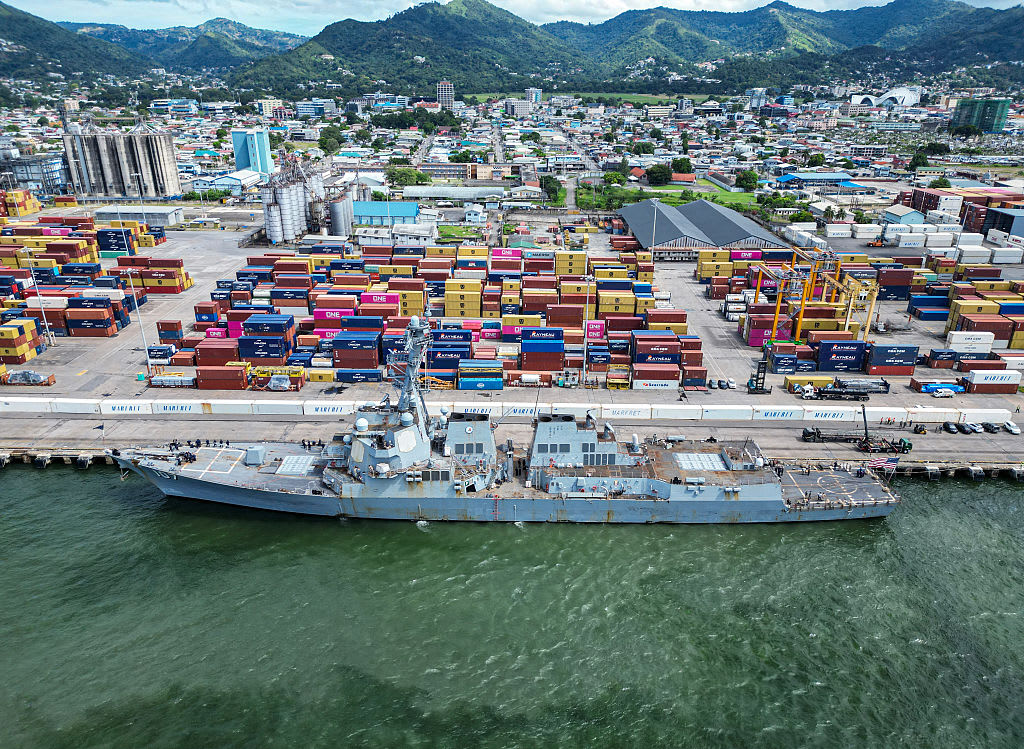More migrants are coming from dictatorships like Venezuela and Cuba
It took nearly a month for Fabricio Hoyos to make the dangerous and uncertain trek from Venezuela to the United States. But as he arrived at a migrant processing center recently, he had another long journey ahead: the process of seeking asylum.
CBS News national correspondent Manuel Bojoquez spoke to Hoyos at the migrant processing center, located in El Paso, Texas, where around 1,500 migrants are seen each day. About half of those being seen at the center are coming from Venezuela.
They are part of what U.S. Customs and Border Protection have called a "new wave" of migration. 157,921 people were encountered at borders nationwide last month, according to the agency — a 2.2% increase from the month before.
"Failing communist regimes in Venezuela, Nicaragua, and Cuba are driving a new wave of migration across the Western Hemisphere, including the recent increase in encounters at the southwest U.S. border," CBP Commissioner Chris Magnus said this week in a statement.
He added that "those fleeing repressive regimes pose significant challenges for processing and removal."
At the center in El Paso, migrants are screened and vetted, and identified and classified, according U.S. Customs and Border Protection spokesperson Landon Hutchens. They — along with people coming from Nicaragua and Cuba — are processed under Title 8 authorities, said Hutchens. That usually allows them to be released and request asylum, a process that typically takes years to complete.
But not everyone is allowed in. According to Customs and Border Protection, more than 1.3 million migrants have been deported or expelled so far this year. It's a number greater than those still in the United States.
Still, critics say the Biden administration's policies incentivize migrant crossings.





